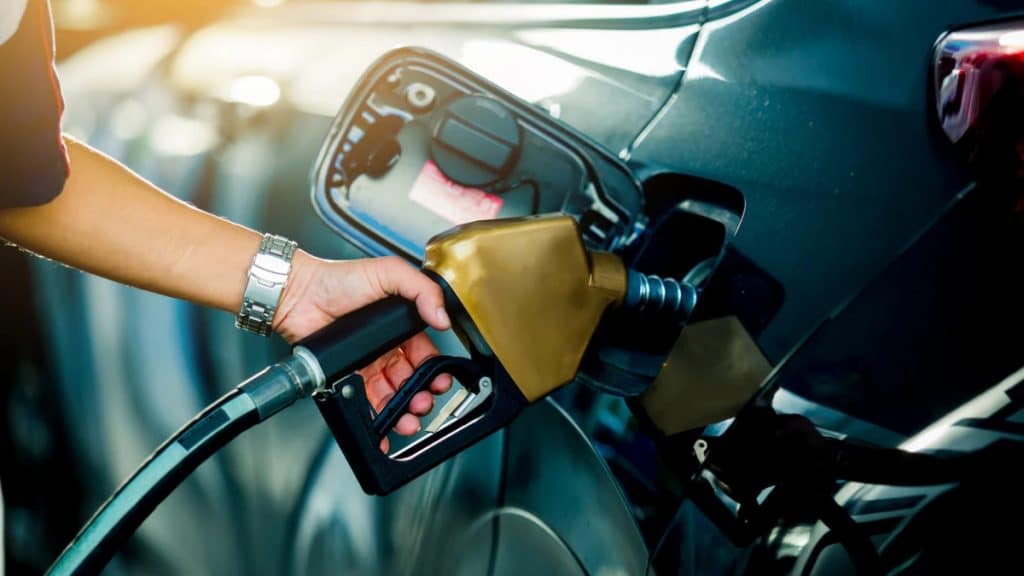It would seem that with today’s cost of owning a car, growing along with spare parts, oils, and tires, spending on fuel is not the most significant expense. However, US car owners always look for cheaper gas stations, track the number of gallons burned, and are very happy when they at least manage to save money on fuel. But how can a driver decrease consumption? Here are a few simple recommendations from the professional mechanics.
Filters and fuel itself
Fuel consumption is directly affected by a clogged air filter, a faulty fuel pump, a malfunctioning oxygen sensor (lambda probe), and an automatic transmission (and a constantly burning check engine). All of the above are technical faults that need to be fixed in any case, or they may lead to one of the most expensive car breakdowns.
Low-quality fuel may also increase consumption. You fill more gasoline with a lower octane number for the same money, but the engine will consume a larger quantity. At the same time, the motor will produce less power and, as a result, no savings will be achieved. Oddly enough, it is better to choose more expensive fuel – there is less risk of breakdowns and a greater chance of economy.
Driving style
Dynamic acceleration and the general intense nature of the ride are guaranteed to increase the amount of fuel consumed. The drivers should brake minimally, teaching themselves to adjust the speed more often by pressing and releasing the gas pedal. Jerky movement not only significantly increases the vehicle’s appetite but also leads to its rapid wear. At the same time, a little observation and the ability to look ahead can, for example, tell you that the yellow light has already turned on at the next intersection, and there is no point in accelerating on the way to it. The difference in the consumption of a smoothly moving car with a vehicle starting from traffic light to traffic light can reach 0.5 gallons per 60 miles.
If you have a manual transmission, running the engine at too high or low speeds can lead to increased consumption because the most economical mode for the average four-cylinder engine is around 2,500 revolutions. And cranking it up to 5,000, as well as driving with tension at extremely low levels, will not give any savings. A guide can be the engine’s nameplate data, or, more precisely, its maximum torque, near which the tachometer needle should be kept.
Aerodynamics
This factor is almost unnoticeable in the city and begins to have an effect at speeds of about 60 mph. Of course, the aerodynamic coefficient of the car is set by the manufacturer, and you can’t change it for the better. But it is easy to make things worse, for example, by attaching a roof rack, which provides an extra half-liter of consumption even without a load. You also need to prepare for increased costs if you install non-standard rims that protrude noticeably from the wheel arches. The aerodynamics of the bottom of a car is generally a complex thing; for example, wheel arches are one of the main sources of high-speed noise and extra tenths in the aerodynamic coefficient. It is clear that all kinds of spoilers, aprons, and other body kits, in most cases, worsen the picture of the initial airflow around the car and increase consumption.
An unreasonably high speed, for the same reason, will require additional expenses at the gas station. Even on an empty toll road, the car will consume noticeably more fuel when accelerating over 70 mph and maintaining this speed. And if you try to drive faster on a highway, combining frequent overtaking with heavy braking, the fuel gauge will rapidly drop, indicating you are in extremely uneconomical mode. And simply, the higher the speed, the higher the consumption.
So, a summary of what is needed to reduce fuel consumption is as follows:
- If possible, a serviceable car that rolls easily on the road;
- High-quality fuel;
- Maximum smooth driving, with minimal use of brakes;
- Selection of optimal engine speed (in the range of maximum torque);
- Aerodynamic cleanliness of the body;
- Driving at optimal rather than maximum speed.
If you feel that your gas expenses are growing with the same driving style, it is a clear indicator that something is wrong in the car, and it is worth scheduling diagnostics at a service station.

